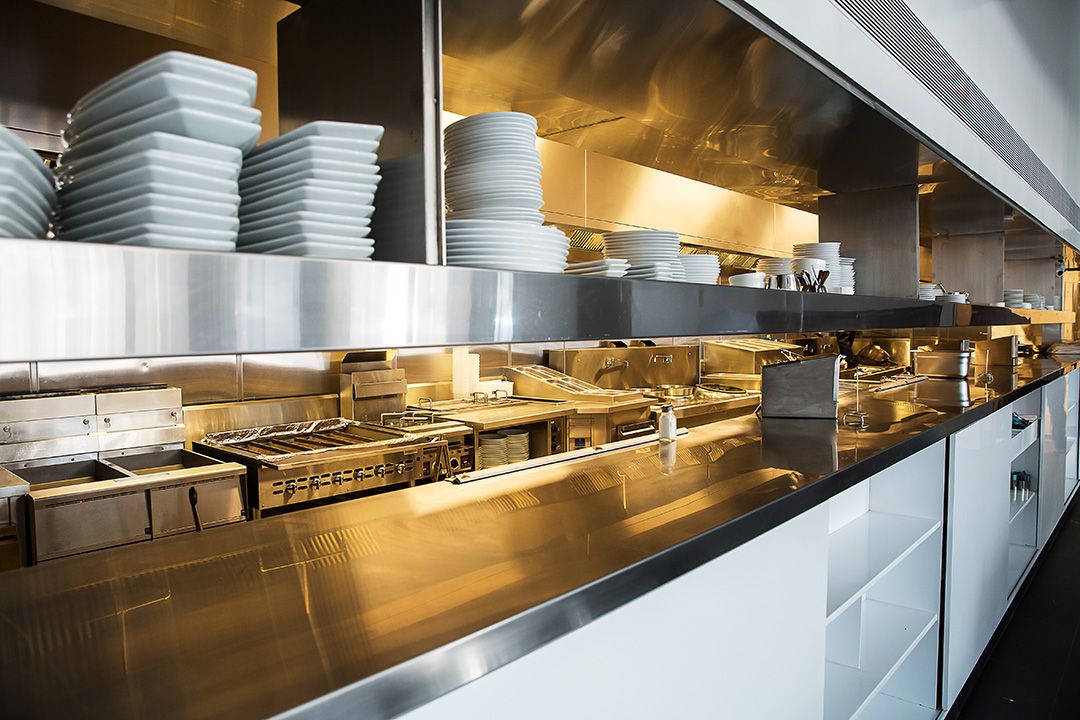Latest Commercial Kitchen Equipment Trends of 2024

Kitchen Automation Evolves
Robotics will continue to gain traction in kitchens, along with other automated technologies, such as those that provide maintenance and temperature alerts or those that help manage incoming digital orders and throughput.
“Online ordering systems will be integrated with kitchen systems to ensure a seamless takeout experience and facilitate order-ahead drive-thru service,” Technomic said in its What’s in Store for 2024 report.
In addition, sales data, combined with artificial intelligence applications, will increasingly be used to help manage inventory and set staffing levels, and kitchen equipment will automate dangerous and repetitive tasks, the report predicted.
Dale Miller, president of Master Chef Consulting Group, said he expects robotic machines that perform specific functions, such as cooking pizzas or French fries, will continue to grow their presence in restaurant kitchens.
“I think eventually that will probably be the way of the world,” he said, adding that these innovations “just need a little bit more refinement.”
Ergonomic design boosts labor
The labor challenges that operators have been battling for years can at least in part be attributed to the working conditions in their kitchens. Cramped, hot and sometimes dangerous conditions reduce the appeal of back-of-house positions and drive increased turnover, leading operators to seek to address this aspect of their operations, said Bendas.
He cited the need for a holistic approach that includes heating, ventilation and air conditioning (HVAC) equipment considerations, as well as thoughtfully designed production lines.
“Think about every motion that the bartender, cook or server must go through to execute a task,” Bendas said. “What are all the motions, what are all the reaches, and what are all of the distances that they need to deal with?
“People don’t tend to think in terms of milliseconds of time,” he added, “but all those milliseconds saved add up to labor efficiency, ergonomic efficiency, throughput efficiency, table turn efficiencies, and all those sorts of things.”
Rethinking storage areas is another aspect of back-of-house design that operators should consider as they seek to minimize building footprints, Bendas said. Often operators have underutilized overhead space that could be converted into storage, he pointed out.
)
)
)
)
)
)
)
)
)
)
)
)
)
)
)
)
)
)
)
)
)